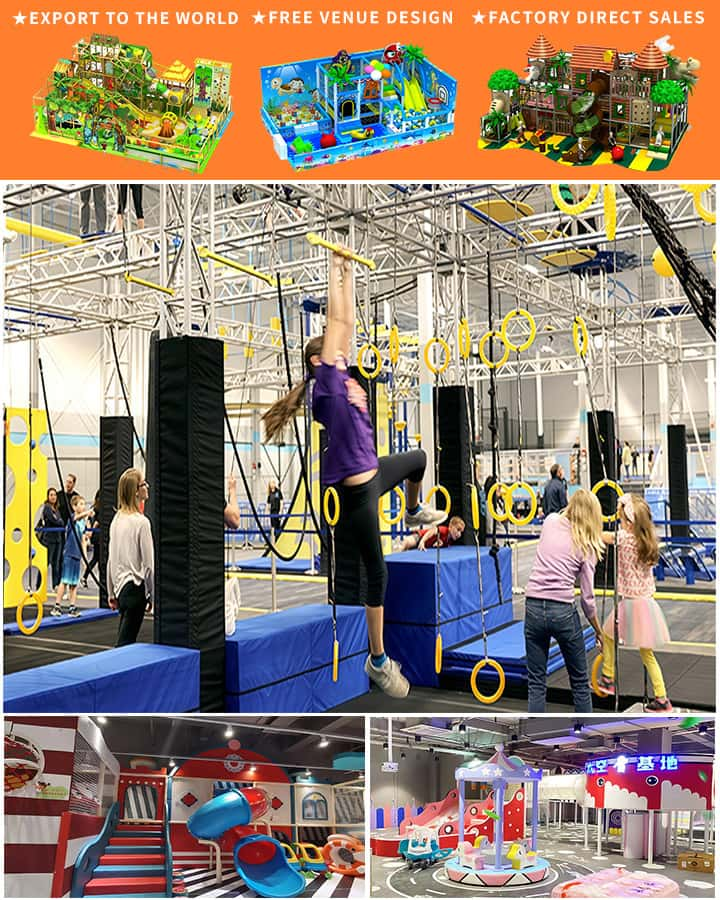Creating an indoor play area tailored for two-year-olds can be a delightful and engaging experience for both children and parents. At this age, kids are curious, energetic, and eager to explore their surroundings. A well-designed play space not only fosters creativity and development but also provides a safe haven for your little one to enjoy countless hours of fun. Here’s how you can craft the ideal indoor play area for your two-year-old.
1. Safety First
When designing an indoor play area for toddlers, safety is paramount. Ensure that the space is free from hazards such as sharp edges, small objects that could be choking hazards, and electrical outlets that are easily accessible. Invest in non-toxic, high-quality materials for toys and furniture to ensure your child’s safety.
Safety Tips:
- Anchor Heavy Furniture: Secure bookshelves, wardrobes, and other heavy furniture to the wall to prevent tipping.
- Cushion Floors: Use foam mats or carpet padding to cushion falls.
- Supervise: Always keep an eye on your toddler while they play.
2. Engaging Toy Selection
Toys that promote cognitive, physical, and social development are ideal for two-year-olds. Choose a mix of educational toys, manipulatives, and imaginative play items to keep your child engaged.
Toy Ideas:
- Building Blocks: Encourage fine motor skills and creativity.
- Puzzles: Help develop problem-solving skills and hand-eye coordination.
- Pretend Play Sets: Kitchen sets, doctor kits, or tool benches allow for imaginative role-playing.

- Soft Books: Foster a love for reading with durable, interactive storybooks.
3. Dedicated Reading Nook
Incorporating a cozy reading nook into the play area can instill a love for books and learning. A small, comfortable chair or bean bag, surrounded by shelves filled with picture books and soft lighting, creates an inviting space for storytime.
Reading Nook Tips:
- Comfortable Seating: Choose a snug spot where your child can sit comfortably.
- Accessible Shelves: Place books at your child’s level to encourage independent exploration.
- Regular Storytime: Dedicate time each day to read together, fostering bonding and language skills.
4. Interactive Learning Stations
Set up stations within the play area dedicated to different types of learning activities. These zones encourage focused play and skill development in specific areas.
Learning Station Ideas:
- Art Station: Crayons, markers, and large sheets of paper for drawing.
- Sensory Bin: Filled with rice, beans, or sand for tactile exploration.
- Music Corner: Simple instruments like tambourines, xylophones, and maracas to foster musical interest.
- Matching Game Area: Cards or blocks featuring shapes, colors, or animals for cognitive development.
5. Personalized Space
Adding elements that reflect your child’s personality and interests can make the play area more inviting. Decorate the space with their favorite themes—be it animals, outer space, or fairy tales—to inspire imaginative play.
Personalization Tips:
- Wall Decals: Removable decals of characters or designs your child loves.
- Customized Shelving: Use colorful bins and labels to organize toys.
- Name Signage: A personalized nameplate or banner adds a special touch.
6. Flexibility and Adaptability
As your child grows, so too should their play area. Choose modular furniture and storage solutions that can be easily rearranged or updated to accommodate new interests and developmental stages.
Flexibility Tips:
- Adjustable Shelving: Shelves that can be repositioned as needed.
- Multipurpose Furniture: Tables that double as art stations or reading desks.
- Rotating Toys: Keep the environment fresh by rotating toys every few weeks to maintain interest and novelty.
Creating an indoor play area tailored to the needs and interests of your two-year-old can provide endless hours of fun, learning, and exploration. By focusing on safety, engaging activities, personalized touches, and adaptability, you’ll craft a space where your child can thrive and grow joyfully. Happy playing!




